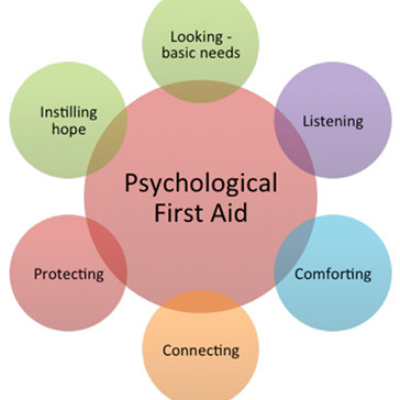Browse through our highly-rated courses and take the opportunity to enhance your skills and knowledge. Explore now
Course Content
Lesson 1. In this first week, we have some materials to get you oriented, a pre-course survey, two lectures on history and terms and concepts and a simulated look at PFA in action.
Lesson 1. we'll be looking more closely at the R component of our RAPID model.
Lesson 1. we'll be looking more closely at the A and P components of our RAPID model. A stands for Assessment, and P stands for Prioritization.
Lesson 1. I and D components of our RAPID model in Lectures 7 and 8, respectively. I stands for Intervention, and D stands for Disposition.
Lesson 1. we've gone through the entire RAPID model, we'll turn our intention to you, the provider.

Earn a career certificate
Add this credential to your resume, or CV. Share it on social media and in your performance review.


 Last Updated: 03-21-2025
Last Updated: 03-21-2025  English
English


